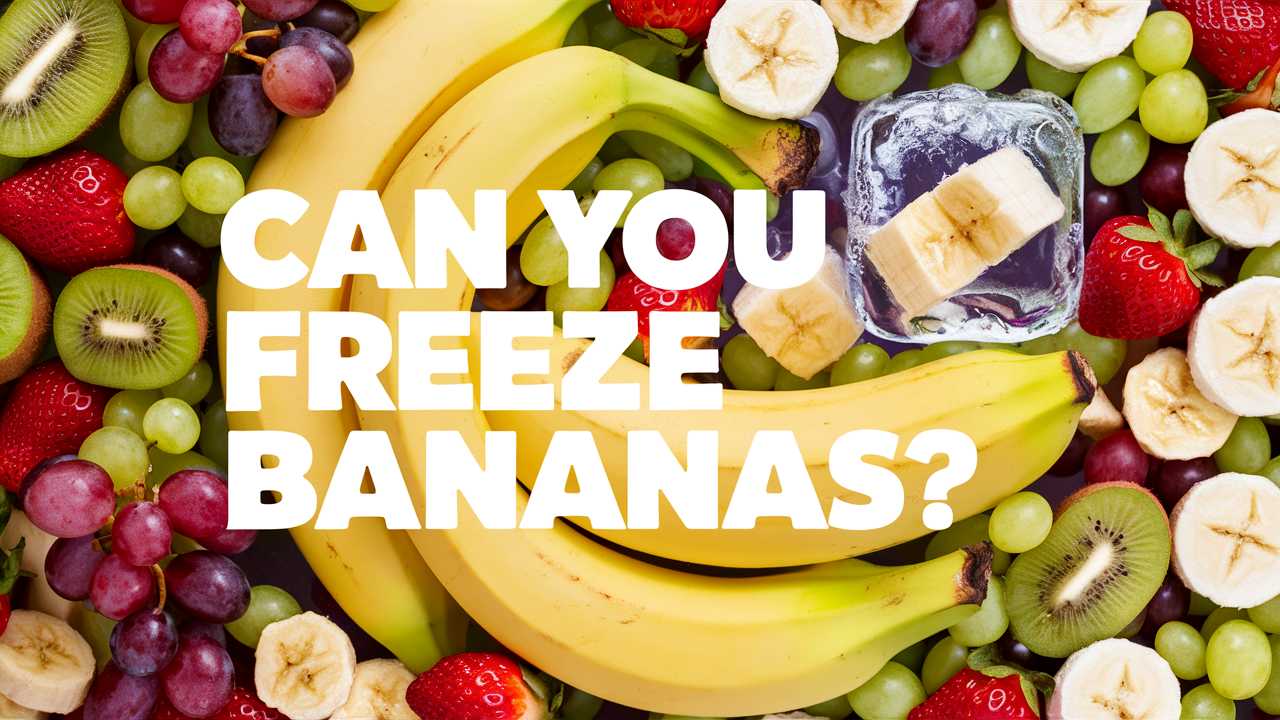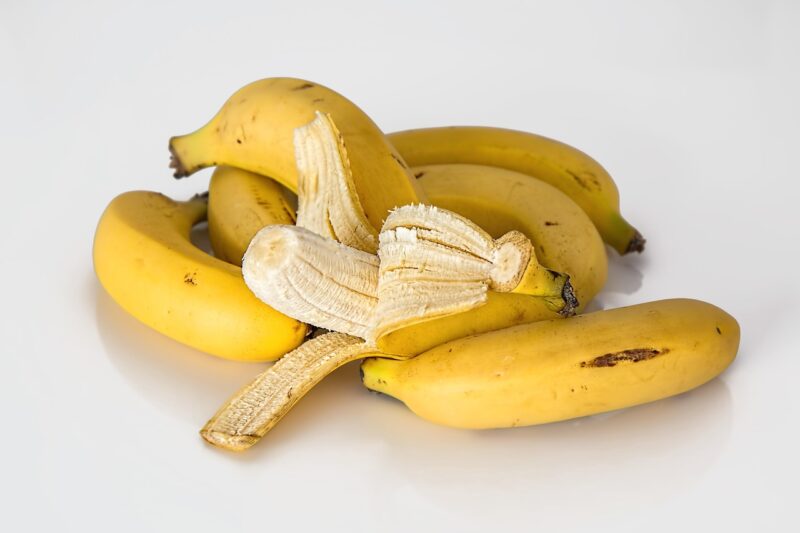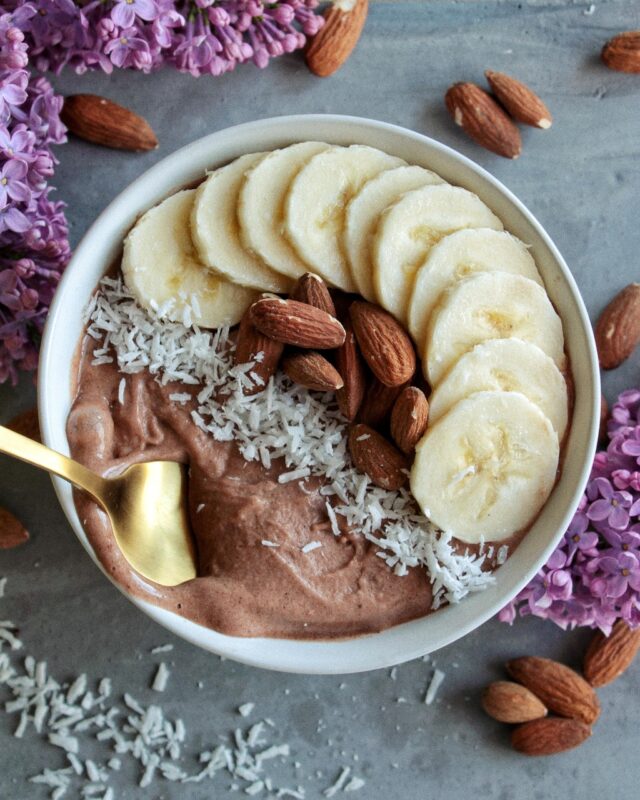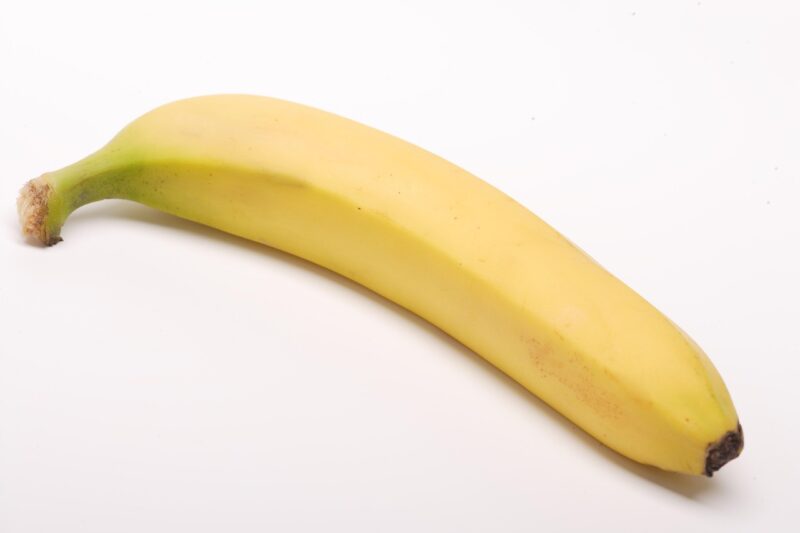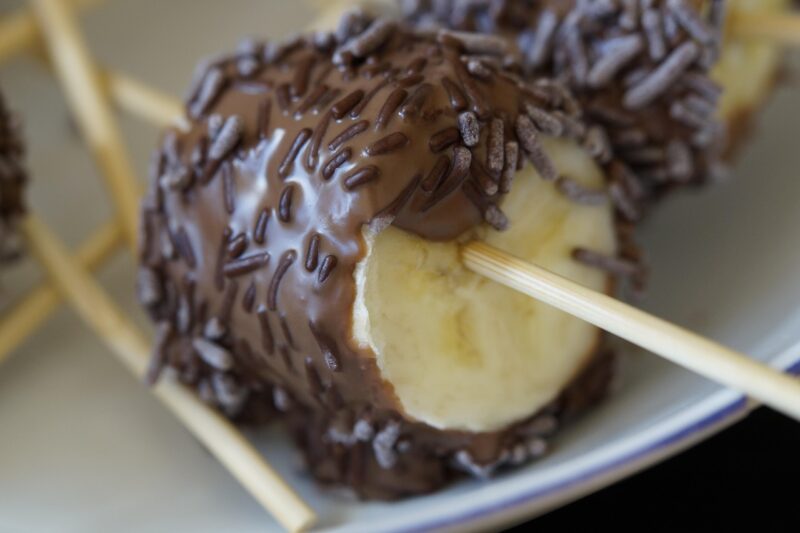In this comprehensive guide, we will explore everything you need to know about freezing bananas. From the how-to’s to the science behind freezing, the nutritional aspects, and creative ways to use frozen bananas, this blog post aims to equip you with a thorough understanding of this topic.
Why Freeze Bananas?
Before jumping into the practicalities, it’s important to understand why one might want to freeze bananas in the first place. The primary motivations are often related to reducing waste and extending the fruit’s usability.
Reducing Food Waste
Bananas tend to ripen quicker than many people can consume them. If you’ve ever bought a bunch only to find that a few days later, they have turned brown and overly soft, you’re not alone. Freezing bananas helps mitigate this waste, allowing you to preserve them for later use instead of tossing them out.
Convenience
Frozen bananas are a convenient ingredient for smoothies, baked goods, and desserts. When you’re ready to whip up a treat but find your pantry lacking in fresh produce, frozen bananas can save the day.
Nutritional Retention
Freezing bananas effectively retains their nutritional value. While there is always some loss when fruits are frozen, the majority of vitamins and minerals remain intact. This means you can enjoy the health benefits of bananas even when they’re out of season.
How to Freeze Bananas

Now that we understand the importance of freezing bananas, let’s cover the step-by-step process. Freezing bananas is straightforward, but a few tips can help ensure the best results.
Step 1: Choose Ripe Bananas
For freezing, choose bananas that are fully ripe but not overripe. A good rule of thumb is to look for bananas with a few brown spots; this indicates peak sweetness and flavor.
Step 2: Preparation
There are several ways to prepare bananas for freezing:
Peeling: It’s best to peel the bananas before freezing as the skins become tough and difficult to remove once frozen.
Slicing: If you plan to use the bananas in smoothies or baked goods, slice them into even pieces. Sliced bananas freeze more quickly and are easier to incorporate into recipes later.
Whole: You can freeze whole bananas as well. If you do this, just keep in mind that they will take longer to freeze and thaw.
Step 3: Flash-Freezing
To prevent the banana pieces from sticking together, consider flash-freezing:
Place the banana slices or whole bananas on a baking sheet lined with parchment paper in a single layer.
Place the sheet in the freezer for about 1-2 hours until the bananas are frozen solid.
Step 4: Storage
Once they’re frozen, you can transfer bananas to an airtight freezer bag or a vacuum-sealed container. Be sure to remove as much air as possible to prevent freezer burn. Label the bag with the date, and aim to use them within 6 to 12 months for the best taste.
Culinary Uses for Frozen Bananas
Frozen bananas should not be seen merely as a convenient way to prevent waste; they can also be transformed into culinary delights. Here are some creative ways to utilize frozen bananas:
Smoothies
Frozen bananas lend a creamy texture to smoothies. When blended, they help create a cold, thick, and indulgent drink that feels like a treat. Combine them with spinach, yogurt, or a scoop of protein powder for a nutritious breakfast or post-workout shake.
Baking
Incorporating frozen bananas into baked goods can enhance their flavor and moisture. Use them in banana bread, muffins, or pancakes. Simply blend thawed bananas into the batter for a natural sweetness and fruitiness that cannot be replicated with sugar alone.
Ice Cream Alternatives
Blending frozen bananas creates a delightful, creamy banana ice cream (or “nice cream”) that serves as a healthier alternative to traditional ice cream. You can also mix in your favorite toppings, from peanut butter to cocoa powder, to personalize each batch.
Toppings
Use frozen banana slices as a topping for oatmeal, yogurt bowls, or pancakes. They add creaminess and a burst of natural sweetness, making your breakfast feel more indulgent.
Smoothie Bowl Base
For those Instagram-worthy smoothie bowls, frozen bananas can serve as the base. Blend a banana with your choice of liquid (like almond milk or coconut water) and pour it into a bowl. Top with granola, nuts, seeds, and fresh fruits for a colorful and nutritious breakfast or snack.
Nutritional Profile of Bananas
Bananas are not only delicious but also packed with nutrients. Here’s a closer look at what you get when you eat these beloved fruit:
Carbohydrates
Bananas are primarily composed of carbohydrates, primarily in the form of sugar (fructose, glucose, and sucrose) and dietary fiber. One medium banana contains about 27 grams of carbohydrates, making it an excellent energy source.
Vitamins and Minerals
Bananas are a rich source of essential vitamins and minerals. They are particularly famous for their high potassium content, which contributes to heart health and proper muscle function. A medium banana can provide around 9% of the daily recommended value of potassium.
They also contain Vitamin C, Vitamin B6, magnesium, and small amounts of other micronutrients that play vital roles in bodily functions.
Dietary Fiber
Bananas contain both soluble and insoluble fiber, promoting digestive health and aiding in maintaining a healthy gut. A medium banana can offer about 3 grams of fiber, which aids in satiety and can help regulate blood sugar levels.
Antioxidants
The fruit contains several types of antioxidants, including catecholamines and dopamine. These compounds can help combat oxidative stress and may have potential health benefits.
Thawing Frozen Bananas
When it’s time to use your frozen bananas, how you thaw them can make a difference in texture and flavor. Here are some effective methods:
Slow Thawing in the Refrigerator
For recipes that call for thawed bananas, placing them in the refrigerator overnight is the best method. This minimally affects their texture and keeps them from becoming too mushy.
Quick Thawing in Warm Water
If you’re in a rush, seal the frozen bananas in a zip-top bag and submerge them in warm water for about 15-20 minutes. This method allows the bananas to thaw without turning to mush.
Direct Use in Blending
If you’re using frozen bananas in a smoothie, you can blend them directly from the freezer. This method adds a frosty texture to your drink, making it even more refreshing.
Common Misconceptions About Freezing Bananas
While freezing bananas is straightforward, a few misconceptions may lead to hesitation. Let’s address some of these myths to provide clarity.
Myth: Frozen Bananas Lose Nutritional Value
The truth is that while there may be a slight decrease in certain nutrients, the majority of vitamins, minerals, and antioxidants are preserved effectively in the freezing process. They remain a healthy choice for snacking and cooking.
Myth: They Taste Different After Freezing
While the texture of bananas changes once frozen, their flavor remains similar. Frozen bananas are often sweeter since the sugar concentrates as they ripen. This can enhance flavors in smoothies and baked goods.
Myth: Only Ripe Bananas Can Be Frozen
Though ripe bananas are preferred for freezing, you can freeze under-ripe bananas too. However, they won’t have the same sweetness, so consider this when planning your recipes.
Storage Tips for Frozen Bananas
Maximizing the lifespan and quality of frozen bananas involves simple but important storage tips:
Avoid Overpacking
When placing bananas in a bag or container, avoid overpacking. This allows air circulation and helps to prevent freezer burn.
Keep Them Dry
Ensure that the bananas are thoroughly dry before freezing. Excess moisture can lead to ice crystals forming, which can affect texture and flavor.
Use Airtight Containers
Select bags or containers that are airtight. This minimizes the risk of freezer burn and helps the bananas maintain their texture and flavor.
Label with Dates
Always label your bags or containers with dates to keep track of how long they’ve been stored. Although they can last up to a year, it’s a good practice to consume them within a few months for optimal taste.
Creative Recipes with Frozen Bananas
Alongside traditional uses, there are countless ways to be innovative with frozen bananas in your culinary creations. Here are a few exciting recipe ideas.
Banana Oatmeal Cookies
These cookies are easy to make and a great way to use up frozen bananas.
Ingredients:
2 ripe, frozen bananas (thawed)
2 cups rolled oats
1/2 cup peanut butter (or any nut butter)
1/3 cup honey or maple syrup
1/2 cup chocolate chips or nuts (optional)
Instructions:
Preheat your oven to 350°F (175°C).
In a large bowl, mash the thawed bananas.
Mix in the oats, peanut butter, and sweetener until fully combined.
Stir in chocolate chips or nuts, if desired.
Drop spoonfuls of the dough onto a baking sheet lined with parchment paper.
Bake for 10-12 minutes until golden brown.
These cookies not only utilize frozen bananas but also pack a nutritious punch.
Chocolate-Dipped Frozen Bananas
This simple treat is fun to make and a crowd-pleaser.
Ingredients:
Bananas (sliced or whole)
Dark chocolate (melted)
Nuts, coconut flakes, or sprinkles (for topping)
Instructions:
Freeze sliced or whole peeled bananas on a baking sheet.
Once frozen, dip them into melted dark chocolate.
Sprinkle with nuts or coconut flakes if desired.
Return to the freezer for 30 minutes to set.
These bite-sized delights are a fun and healthy sweet treat that kids and adults alike can enjoy.
Banana Smoothie Bowl
This vibrant bowl is both healthy and visually appealing.
Ingredients:
1 frozen banana
1/2 cup of almond milk (or any milk of choice)
Toppings: Fresh fruit, granola, nuts, seeds, and a drizzle of honey or nut butter.
Instructions:
Blend the frozen banana and almond milk until smooth.
Pour into a bowl and top with your chosen toppings.
Enjoy with a spoon!
The frozen banana provides a thick, creamy base, making it feel indulgent without unnecessary calories.
Summing Up
Freezing bananas is not only a simple and effective way to reduce waste, preserve nutrition, and create culinary masterpieces, but it’s also a practice that encourages creativity in the kitchen. From smoothies to baking, frozen bananas can be the key ingredient in a multitude of delicious recipes.
Understanding how to freeze, store, and creatively utilize this beloved fruit opens up new avenues for enjoying bananas all year round. So the next time you find your bananas ripening faster than you can eat them, take a moment to freeze them instead. You’ll have a convenient and tasty ingredient waiting for you in your freezer, ready to inspire your next healthy creation.


